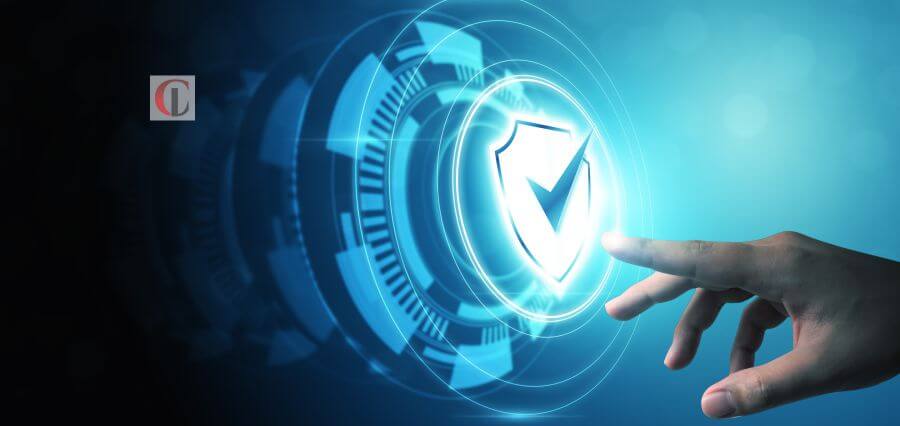While the cybersecurity industry has long been dominated by men, remarkable change is occurring as more women assume leadership positions, breaking down barriers and setting new standards of excellence. This transformative change not only brings diverse perspectives but also addresses the growing demand for skilled professionals in a field that is crucial to global security. Understanding the impact and contributions of women in cybersecurity provides valuable insight into the future of this vital industry.
The current status of women in cybersecurity
Despite recent progress, women remain underrepresented in the cybersecurity field. According to a 2022 report from the International Information Systems Security Certification Consortium (ISC)², only 24% of the cybersecurity workforce is female. This disparity highlights the need for continued efforts to encourage and support women to advance their careers in the field. Organizations must recognize that gender diversity is important in enhancing problem-solving and innovation within their cybersecurity teams. The low representation of women not only limits the industry’s potential, it also points to a broader issue of gender inequality in STEM fields.
Overcoming challenges and barriers
Women in the cybersecurity field face numerous challenges, including gender bias, a lack of role models, and a lack of networking opportunities. These obstacles can prevent women from entering or advancing in the field. Gender bias manifests itself in many ways, from hiring practices to everyday interactions in the workplace. Women often have to work harder to prove their capabilities and earn the same respect as men. A lack of visible role models and mentors exacerbates this issue, making it difficult for women aspiring to become cybersecurity professionals to get guidance and support.
Success Stories: Women Leading the Way
In the field of cybersecurity, many women are emerging as leaders who are setting exemplary standards and inspiring the next generation of professionals, such as Parisa Tabriz, director of engineering at Google, who oversees the company’s Chrome security team and is known as Google’s “Security Princess.”
Her work has played a key role in developing a safe web browsing experience for millions of users around the world. Similarly, Wendy Nather, Head of Advisory CISO at Cisco, has over 30 years of experience in the field and provides strategic guidance to organizations on improving their cybersecurity posture. These leaders not only excel in their technical expertise, but also advocate for greater diversity and inclusion within their industries.
The role of education and training
Education and training play a key role in helping women advance in cybersecurity careers. Educational institutions must prioritize STEM (science, technology, engineering, and mathematics) education and create pathways for women to enter cybersecurity jobs. Scholarships, internships, and specialized training programs can help close the gender gap.
Additionally, partnerships between educational institutions and industry players will provide hands-on experience and mentorship opportunities to further equip women with the skills they need to excel in cybersecurity.
Creating an inclusive work environment
Creating an inclusive work environment is essential to attracting and retaining female talent in the cybersecurity field. Companies must adopt flexible work policies, provide professional development opportunities, and ensure equal pay for equal work. Leadership must also commit to fostering a culture where diversity is valued and respected. This commitment can be demonstrated through transparent hiring practices, diverse interview committees, and clear paths for career advancement.
The Business Case for Gender Diversity
Gender diversity in cybersecurity is not only a social justice issue, it’s also a business imperative. Diverse teams bring different perspectives, leading to more innovative solutions and better decision-making. Studies show that companies with diverse leadership teams perform better financially and are more resilient to risk. In cybersecurity, where threats are constantly evolving, having a diverse team can improve an organization’s ability to anticipate and respond to new challenges.
Future outlook and future directions
The future of cybersecurity will undoubtedly be shaped by the contributions of female leaders. As more women enter the field and advance into leadership roles, they will continue to drive innovation and excellence. To sustain this progress, it is essential that stakeholders across the industry, including educational institutions, businesses, and government agencies, come together and support efforts to promote gender diversity. Doing so will ensure that the cybersecurity sector has the talent and expertise it needs to defend against increasingly sophisticated threats.
Conclusion,
Women are making great strides in the cybersecurity industry, breaking barriers and setting new standards of success. Their contributions are not only improving the field, but also paving the way for generations to come. To fully realize the potential of women in cybersecurity, it is essential that organizations create a supportive environment, provide opportunities for growth, and recognize the value of diverse perspectives. Looking to the future, women’s leadership and expertise in cybersecurity will be essential to securing our digital world.

